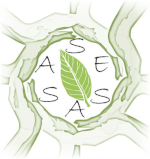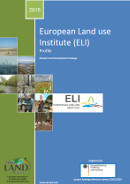Structure
The structure of SESASA
The aim of SESASA is to develop a "System of Systems" approach in a highly participatory process to guarantee a consistent analysis of land-use and management changes across spatial as well as temporal scales (
WP 1). During the next 36 months, the multi-disciplinary framework will be feed-in through micro-expert ateliers, environmental data and literature review to understand social-ecological system interactions. By narrowing down important trajectories in rule-sets, SESASA provides unique opportunity for developing local to landscape scenarios to systematic analyse land-use and management changes (
WP 2). In an iterative process, the land system in Burkina Faso and Ghana will be characterized related to potential policies and adapted financing changes that address key intervention such as agent behaviour, social learning or improved governance instruments. Recommendations will be provided as guidelines and field handbooks, taking up near future adaptation and long-term strategies for a sustainable intensification of farming land and livestock production (
WP 3). The coordination and management is bottom-up organised, summarizing experiences from local interviews and workshop results to connect actors with policy as well as governance instruments at multiple scales (
WP 4). SESASA will contribute in short- and long-term to improve land-use and management changes from local to national scales, implementing a higher sensitivity of actors to agro-ecological interactions and ow policy and governance processes (such as awareness-raising, capacity-building, financial improvements or community-based actions) can be tailored for supporting land-use and management adaptation more efficiently.

- The structure of SESASA










